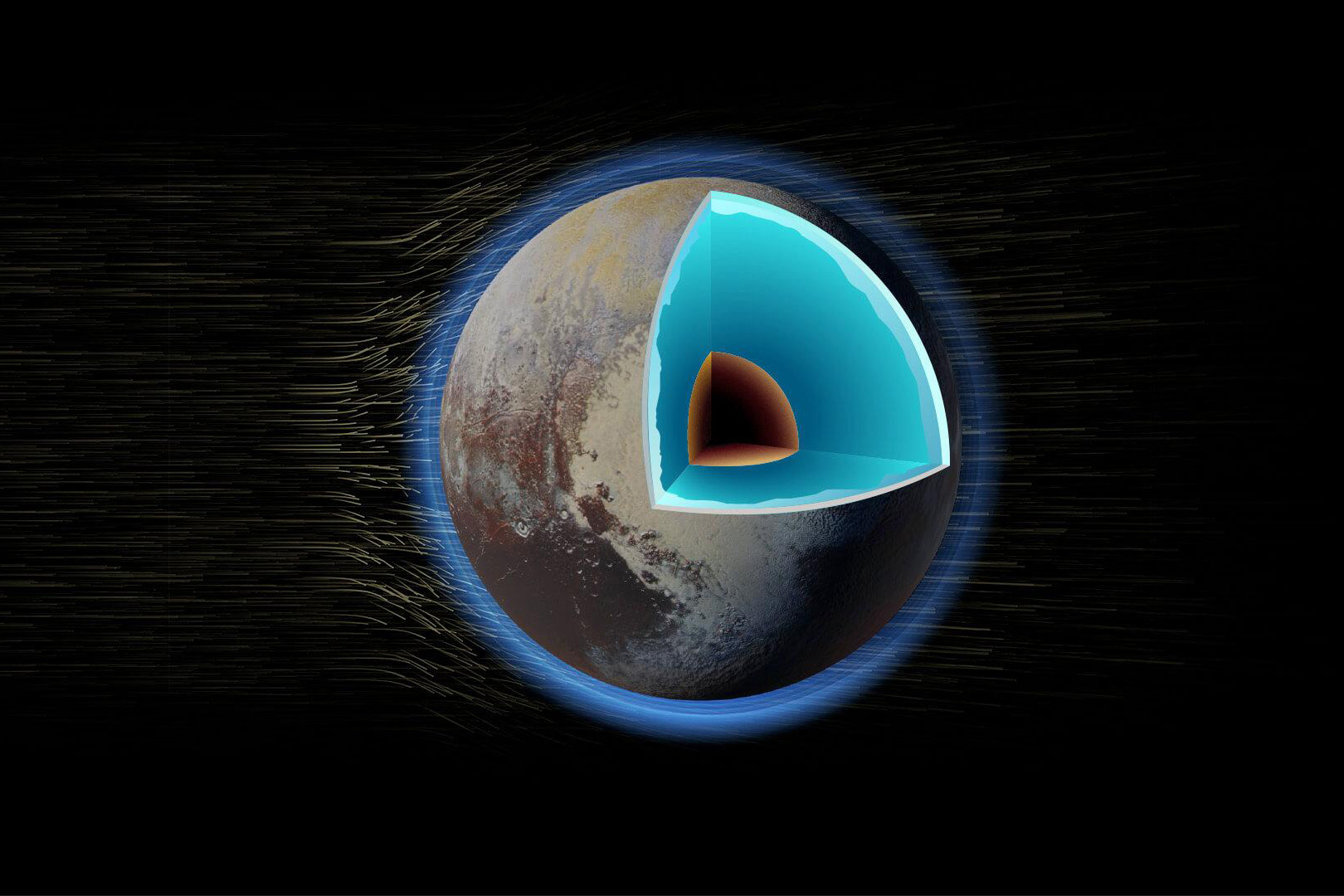
Space Science Snapshots
Have a seat and take a quick trip into space! At APL, our space scientists and engineers strive every day to break new ground—through research, spacecraft and instrument designs, and much more. Check out these snapshots of their innovative work, which are helping to inform policymakers, cut the costs of exploration, and push the boundaries of space and planetary science.
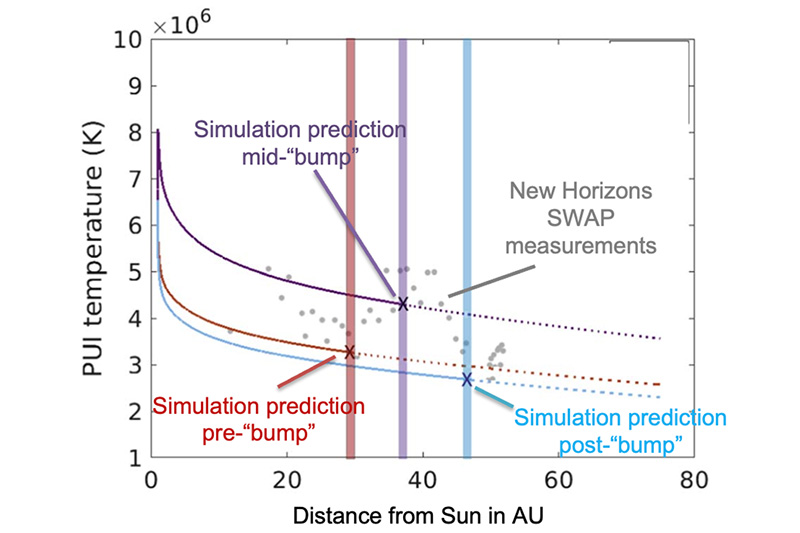
Unexpectedly High Interstellar Particle Temperature Detected in the Outer Heliosphere
A new study reveals that higher pickup-ion temperatures measured by the APL-built New Horizons spacecraft arise from higher solar wind speed and shock heating, which could boost production of energetic neutral atoms (ENAs).
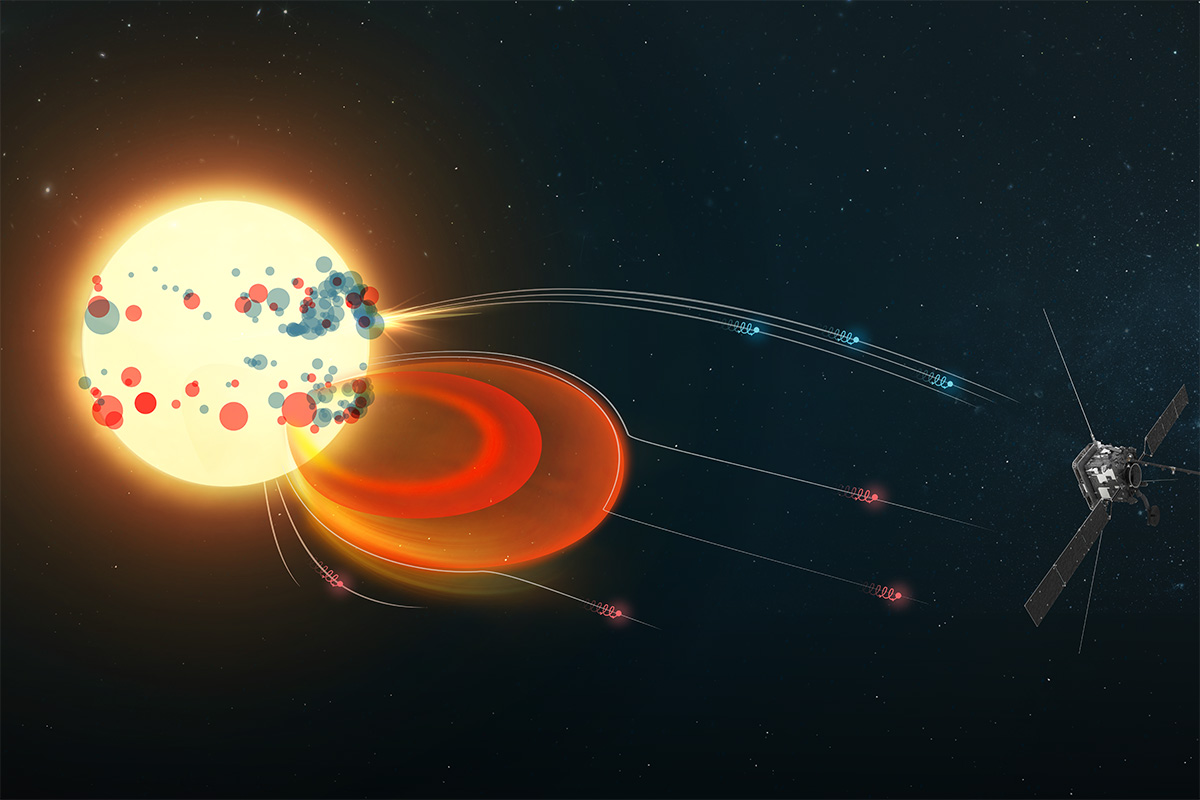
Identifying Fast Ion Acceleration in Small Solar Flares
The APL-built Suprathermal Ion Spectrograph (SIS) instrument on Solar Orbiter has shown that small solar flares accelerate ions in just minutes, surprisingly much faster than the hours needed in shock-associated events.

Auroral “Purple Rain” Reveals Deep Radiation Belt Injection
New research by the APL-led Center for Geospace Storms combining modeling and auroral imaging reveals a connection between dazzling purple aurora and the rapid buildup of radiation belt “killer electrons.”
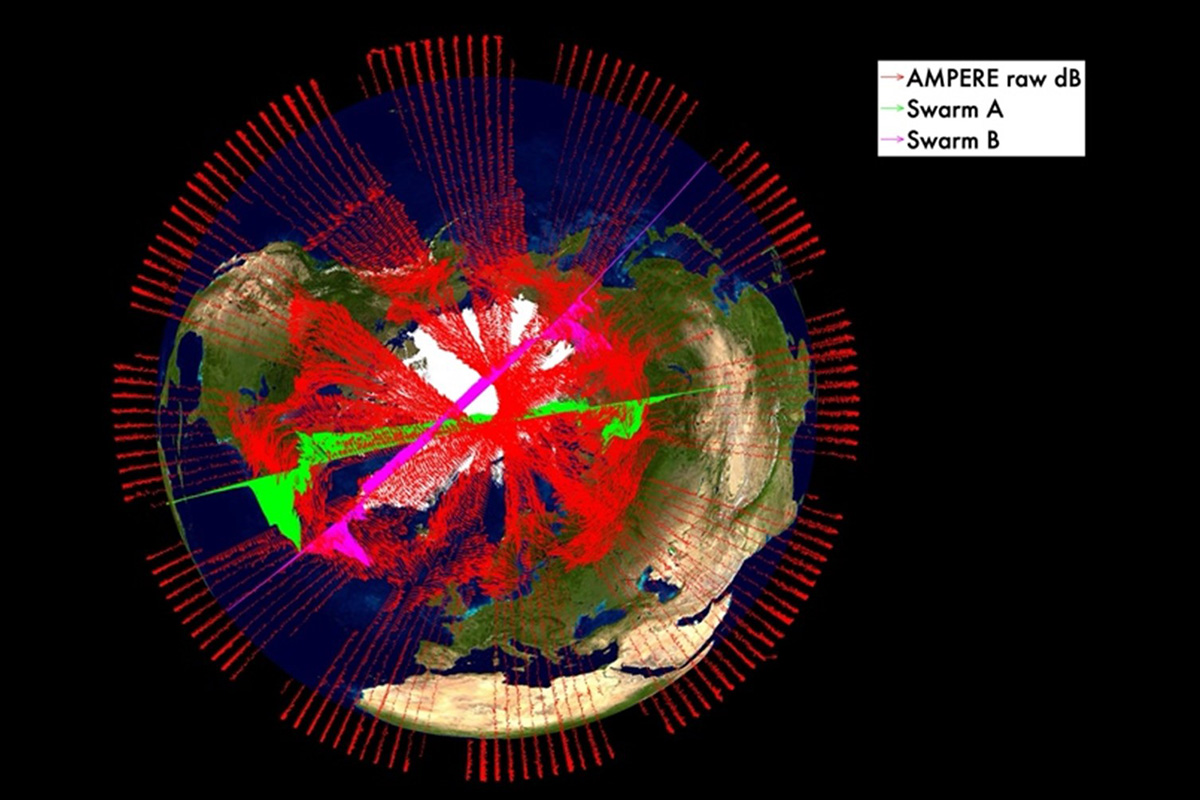
Constellation Data Provides Accurate Global Maps of Geospace Magnetic Field
APL’s AMPERE project uses data from the 66+ Iridium satellites to map variations of Earth’s magnetic field. AMPERE data products are in excellent agreement with “gold standard” data from the Swarm mission.
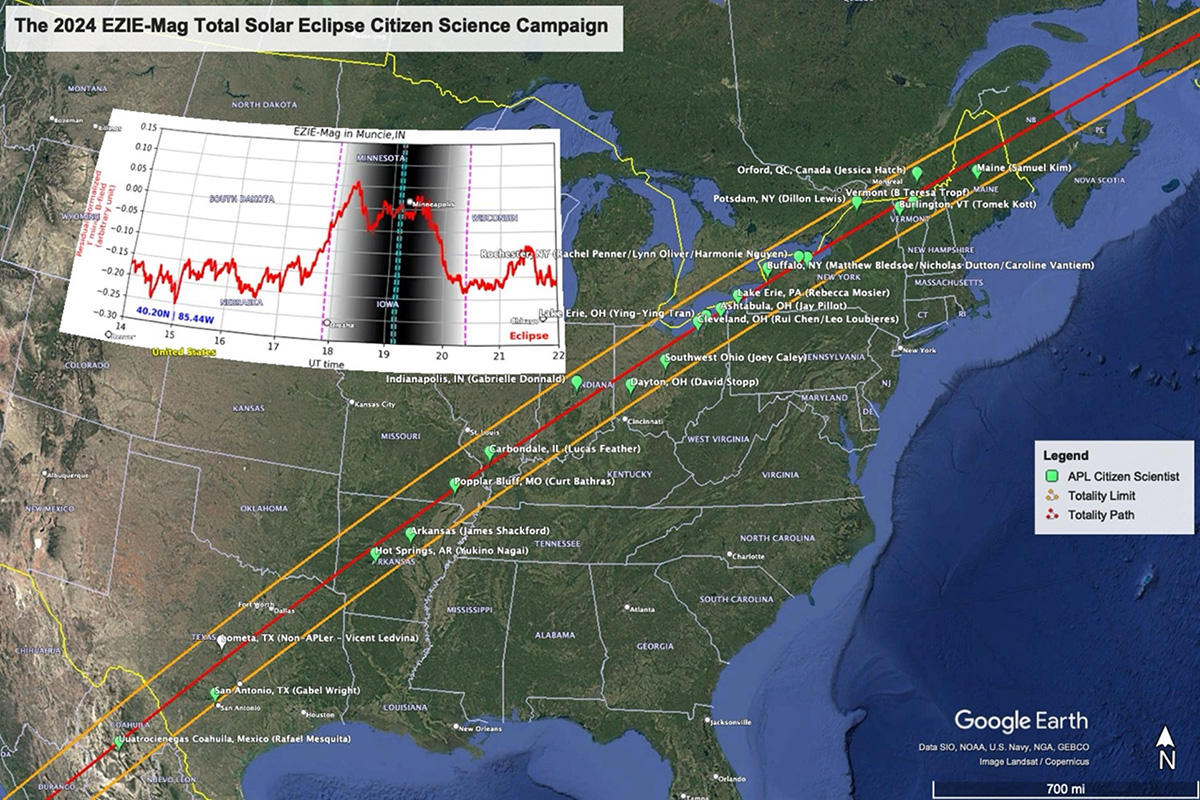
APL Citizen Scientists Capture Eclipse Magnetic Perturbation
The APL-led EZIE-Mag eclipse campaign used ultra-low-cost magnetometers and citizen scientists to reveal geomagnetic signatures of the 2024 solar eclipse.
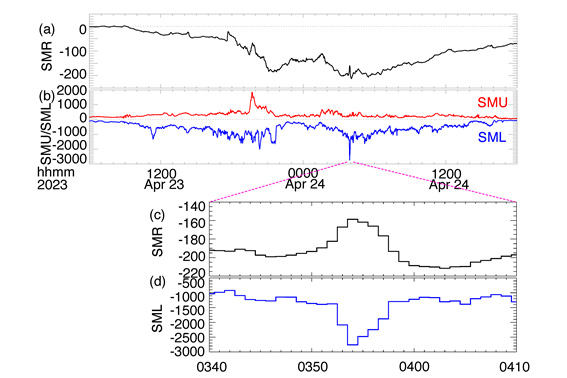
SuperMAG Data Captures an Extreme Auroral Electrojet Spike in 2023 Geomagnetic Storm
An APL-led magnetometer data service captured an auroral electrojet spike during an April 24, 2023, geomagnetic storm. The spike is extreme in magnitude, explosive in nature, and global in spatial extent, representing a potentially new type of disturbance.
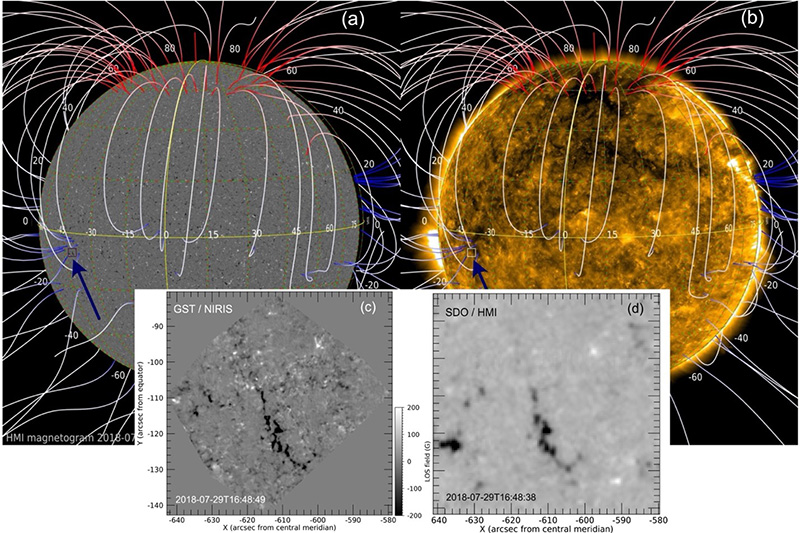
Magnetic Energy Hiding at Small Scales in the Low Solar Atmosphere
An APL-led study shows that a long-used solar magnetograph underestimates the magnetic flux and energy released in the Sun’s low corona, which could power the fast solar wind observed by Parker Solar Probe.
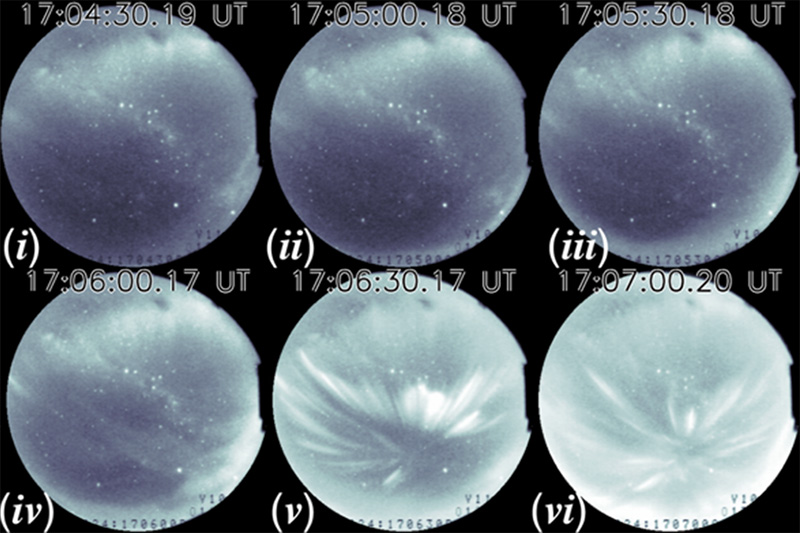
Dayside Shock Aurora Sparked the May 2024 Superstorm
An APL-led study reveals that the May 2024 superstorm started with dayside auroral emissions that developed over the South Pole as the incoming coronal mass ejection from the Sun impacted Earth.
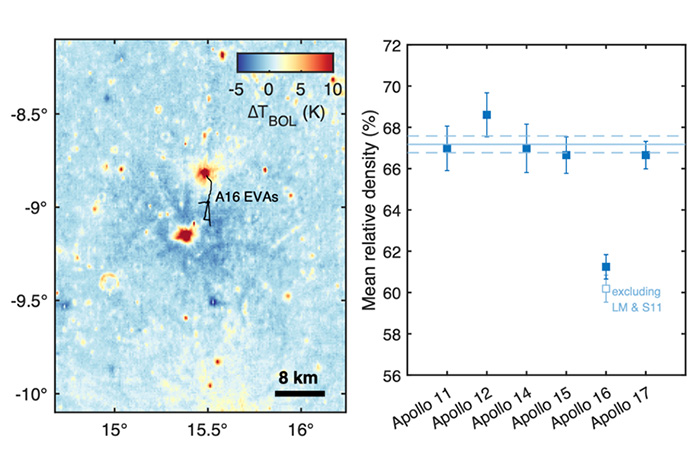
Discovery of a Lunar Cold Spot at Apollo 16’s South Ray Crater
Nighttime temperature data from the Lunar Reconnaissance Orbiter’s (LRO) Diviner instrument reveal a faint cold spot surrounding South Ray crater at the Apollo 16 landing site. Astronaut footprint depths within the cold spot are deeper on average than at other Apollo sites, suggesting lower-density surface regolith.
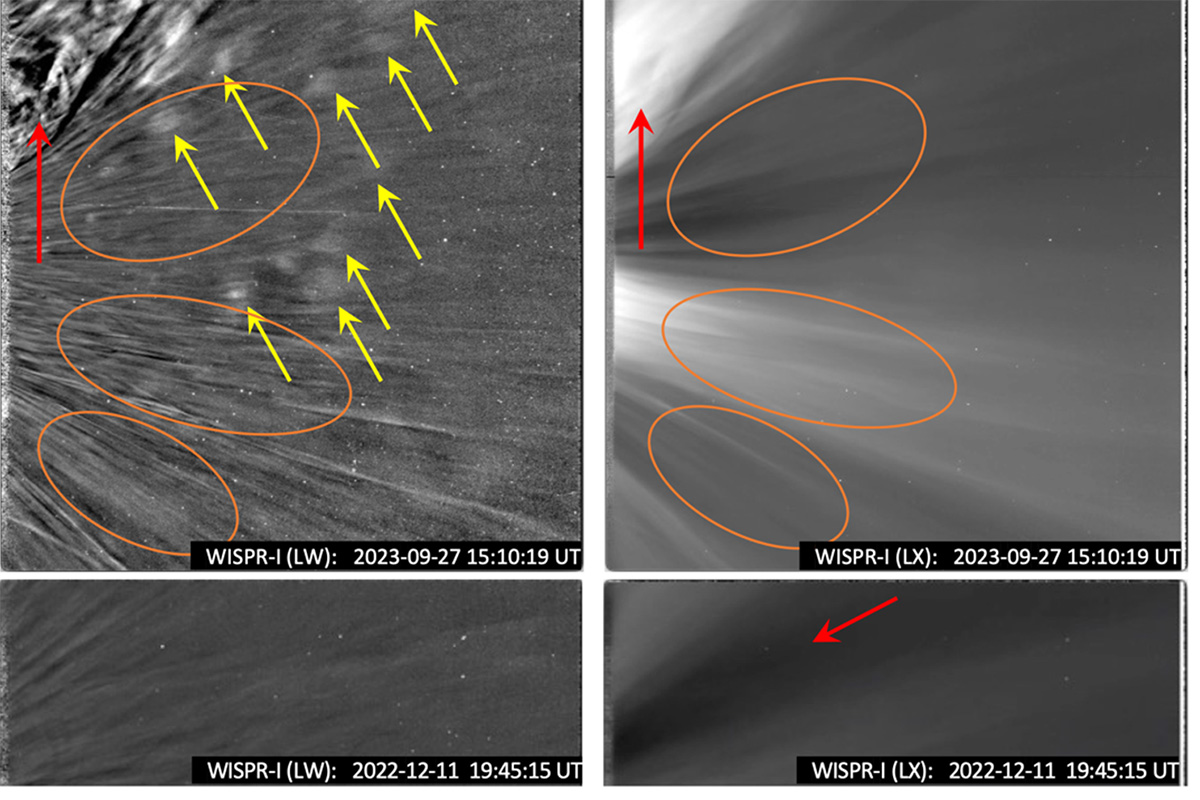
Revealing an Overlooked Part of the Solar Corona in Parker Solar Probe Images
A new approach uses images captured by the WISPR instrument onboard the APL-built Parker Solar Probe to subtract the background F-corona emission and hence reveal a previously underappreciated part of the Sun’s atmosphere.
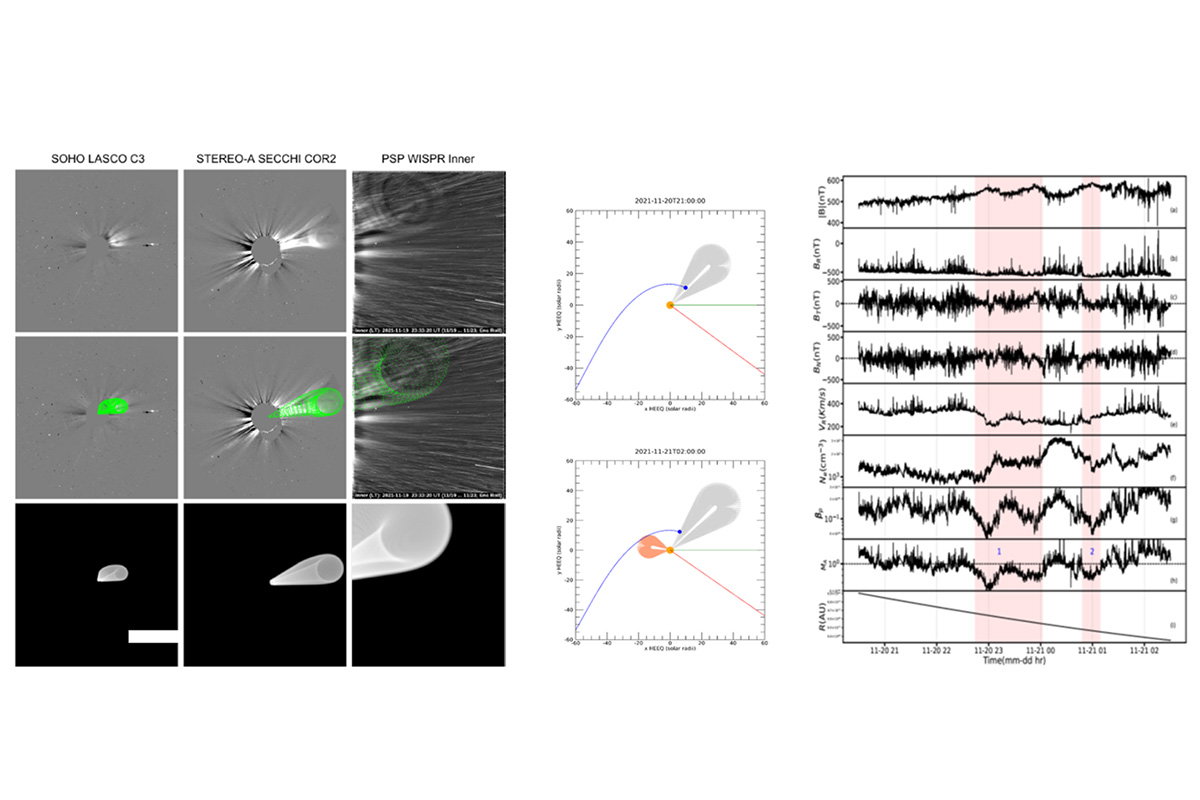
Parker Solar Probe Data Reveals That Solar Eruptions May Distort Clues to Solar Wind Origins
An APL-led study using data from the APL-built Parker Solar Probe has found that coronal mass ejections reshape near-Sun conditions, redefining our understanding of the solar wind near the Sun.
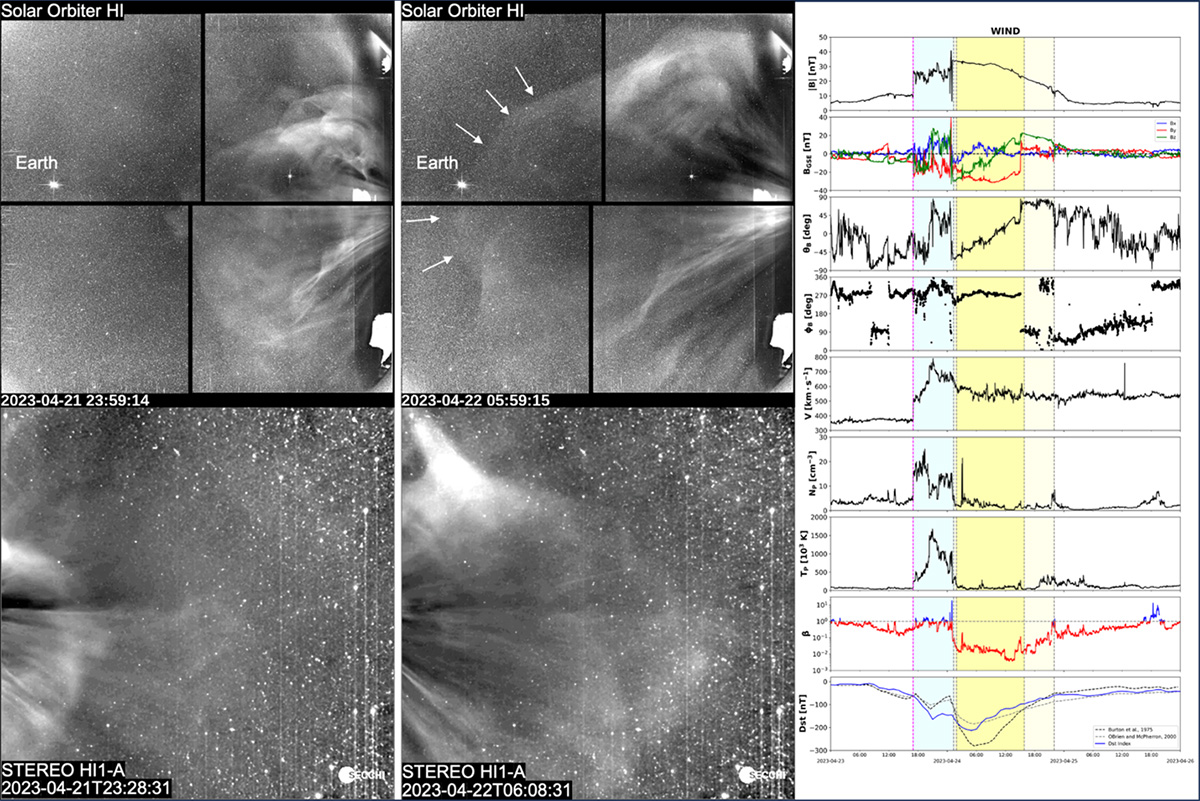
Moderate Coronal Mass Ejection Sparks First Severe Storm of Solar Cycle 25
An APL-led study uses Solar Orbiter’s Heliospheric Imager (SoloHI) from an off-Sun–Earth perspective to track a coronal mass ejection and accurately forecast its arrival at Earth, where it triggered the first severe geomagnetic storm of the current solar cycle.